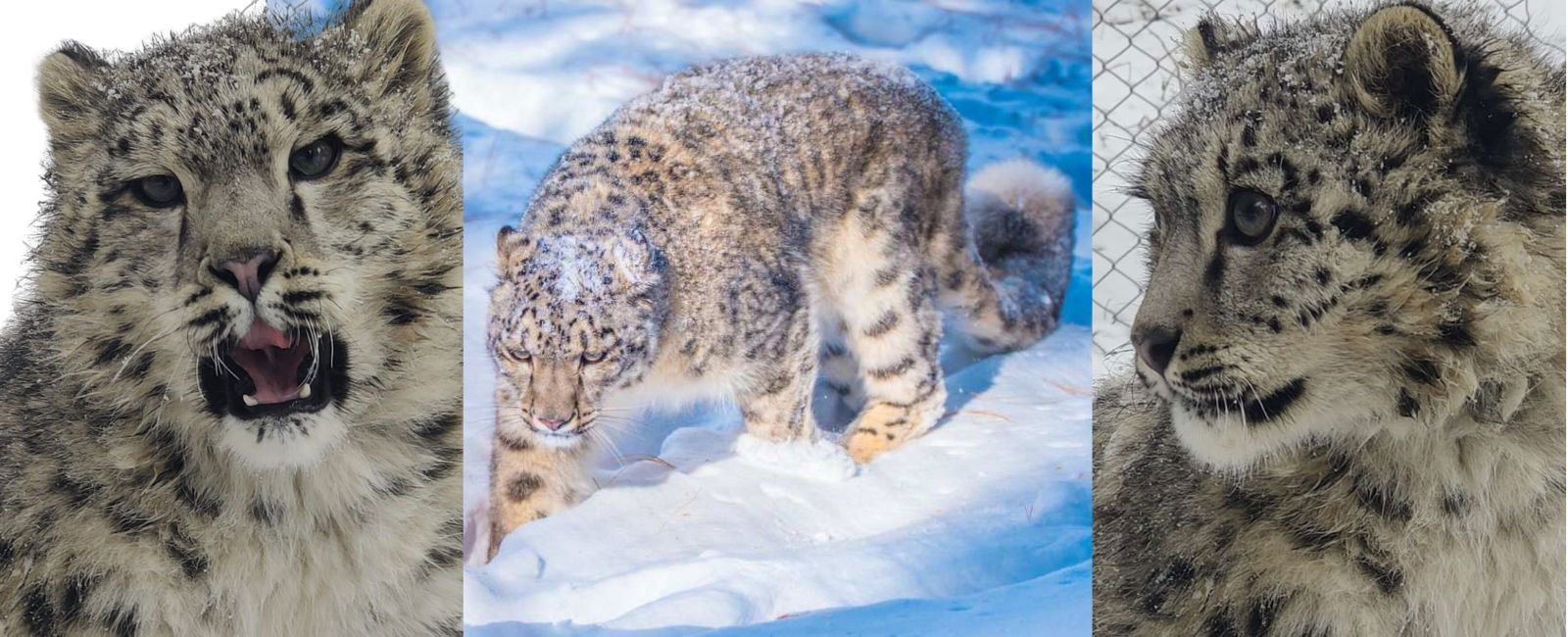Too wild to release, too tame to survive — Pakistan's snow leopard dilemma

The proposal to export two snow leopards (Panthera uncia) from the Naltar Rescue and Rehabilitation Center (NRRC) in Gilgit-Baltistan to the Moscow Zoo in Russia has drawn the ire of conservationists, including the World Wide Fund for Nature-Pakistan (WWF-Pakistan), the country’s largest conservation organisation, among others.
WWF-Pakistan has “strongly opposed” the move to transfer snow leopards to Russia, stating that it “not only contradicts national and international conservation commitments but also risks setting a highly detrimental precedent for the future transfer of threatened and iconic wildlife species from Pakistan.”
WWF-Pakistan wrote a letter to the Ministry of Climate Change and Environmental Coordination (MoCC&EC), expressing its deepest concern and opposition to the proposed transfer, and called for the proposal to be immediately cancelled.
According to the IUCN Red List (2017), the snow leopard is a threatened (Vulnerable) species and enjoys protected status under Pakistan’s federal and provincial wildlife laws. The snow leopard is also included in Appendix I of the Convention on International Trade in Endangered Species (CITES) of Wild Fauna and Flora, under which international trade of snow leopards is prohibited “except under exceptional, non-commercial circumstances.”
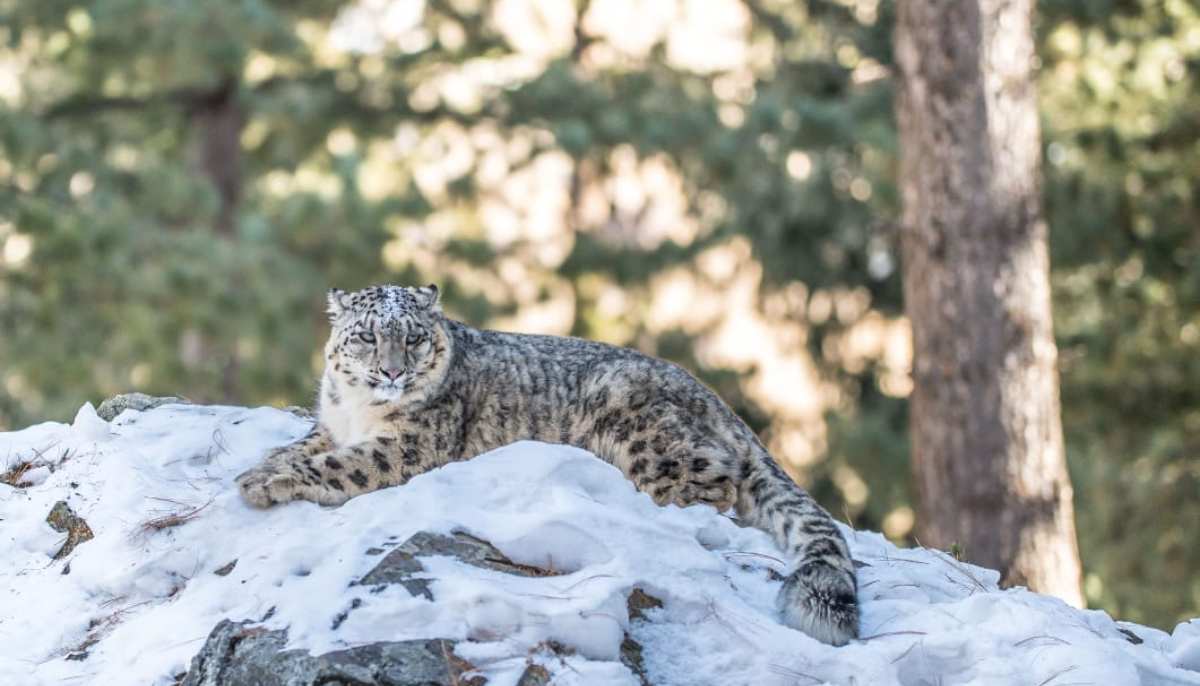
WWF-Pakistan’s statement notes that there is no compelling conservation rationale for transferring these snow leopards to Russia, which has a significantly larger wild population of the species.
The statement further reads, “Pakistan should demonstrate global leadership by reinforcing its commitment to in situ conservation and the protection of its remaining wild snow leopard populations. Once the snow leopards are transferred, it would be difficult to monitor or ensure the well-being of these animals under Russian jurisdiction.”
In situ conservation means protecting wildlife species in their natural habitat, where they have developed their distinctive properties.
“We need to uphold Pakistan’s obligations under international agreements such as CITES and the Convention on Migratory Species (CMS) by prioritising the protection of vulnerable and critically endangered species within national borders,” the WWF statement further notes.
Ashiq Ahmed Khan, a senior conservationist, suggested that it would have been ideal if the animal rehab centre could meet the minimum international standards for keeping injured or orphaned animals — especially the snow leopard — and for making the NRRC a hub of education and awareness for visitors. “Unfortunately, it is not.”
He suggested to:
- Immediately start developing and maintaining a facility at Naltar or elsewhere that meets the health and feeding requirements of an apex predator like the snow leopard, with clear goals for what conservation objectives we intend to achieve from the financial and technical efforts — in both tangible and intangible forms.
- Stop hosting such animals in captivity and instead focus on their conservation in the wild. The current environment for the animals in our captivity centre must be assessed scientifically, keeping in mind the behaviour of snow leopards. Based on the results, we may either decide to continue keeping them in the same environment or relocate them in the interest of their well-being.

Moving forward, Khan recommended entrusting this responsibility to scientists — one each from the Snow Leopard Foundation (SLF) and the World Wide Fund for Nature (WWF), supported by the biodiversity unit at the Ministry of Climate Change and Environmental Coordination (MoCC&EC).
“MoCC must adhere to the implementation of their suggestions,” he said.
Khan clarified that the present case had nothing to do with conservation. “It is, rather, a simple animal welfare case.”
The recommendations put forth by WWF-Pakistan echo the measures suggested by Khan — that the NRRC be strengthened so it can serve as a dedicated facility for wildlife rescue, rehabilitation, and veterinary care, equipped to manage future confiscations and care cases.
WWF-Pakistan has also recommended enhancing the capacity of the Gilgit-Baltistan Parks and Wildlife Department through “targeted technical training, adequate financial support, and provision of essential operational equipment.”
A government source, speaking on the condition of anonymity, informed that the transfer of these snow leopards is part of diplomacy with Russia to further strengthen relations. “Similar to cricket diplomacy, this is snow leopard diplomacy,” he said.
However, he lamented that people on social media and in civil society are trying to negatively publicise the issue. According to him, Lovely, the older snow leopard cub, a female is 14 years old.
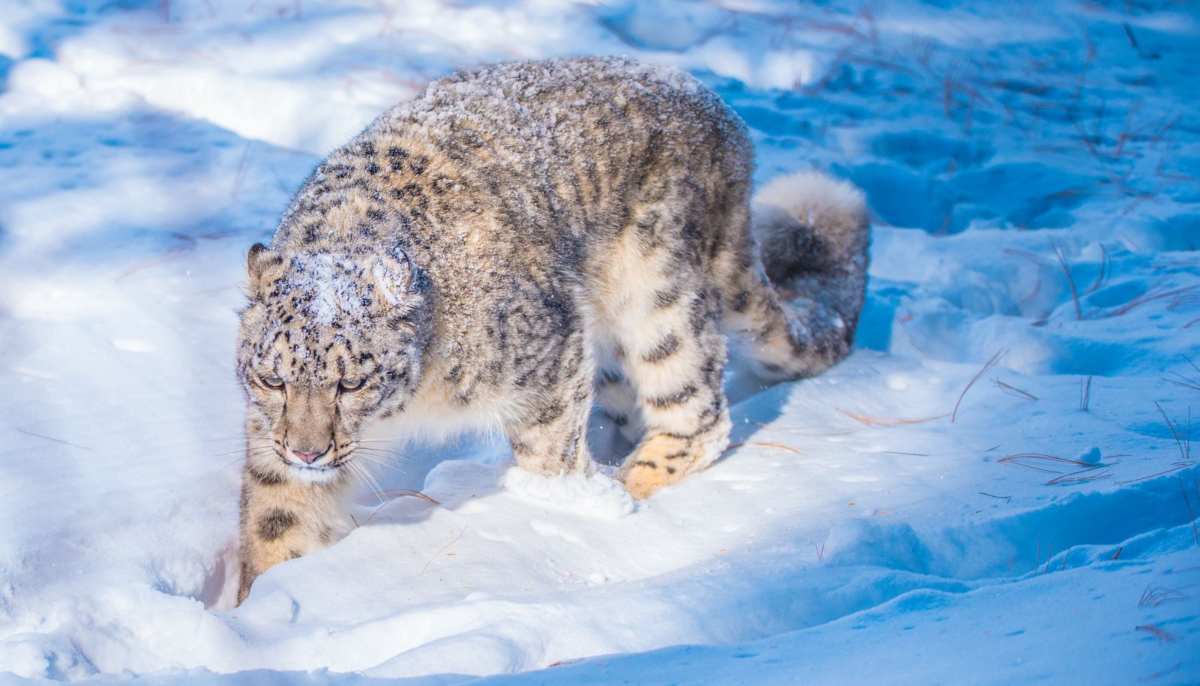
“When the wildlife department found her, she was injured and about six to eight months old. Since then, she has been cared for by humans. Lovely does not know how to hunt because she did not spend enough time with her mother to learn this skill,” Khan said.
He said unfortunately, in our country, there was no wildlife rehabilitation facility that met international standards and SOPs to release such animals back into the wild.
“We even tried releasing Lovely, the snow leopard cub, into the wild, but she returned to the Naltar centre, which meant she was unable to adjust to the natural environment.”
He said there was also a risk that the natural environment could expose her to harm.
“The wildlife department also tried to build her capacity to feed on prey by providing hens, but she wasn’t able to hunt them. Unfortunately, she has been fully domesticated.”
Regarding the other snow leopard cub (no name yet), a male, he was found eight months ago in someone’s house based on a tip-off. The cub is now 1.5 years old.
He clarified that the release of the young cub was still possible in the wild, as it was in its learning stage. “If it is released into the wild, it can learn from other snow leopards.”
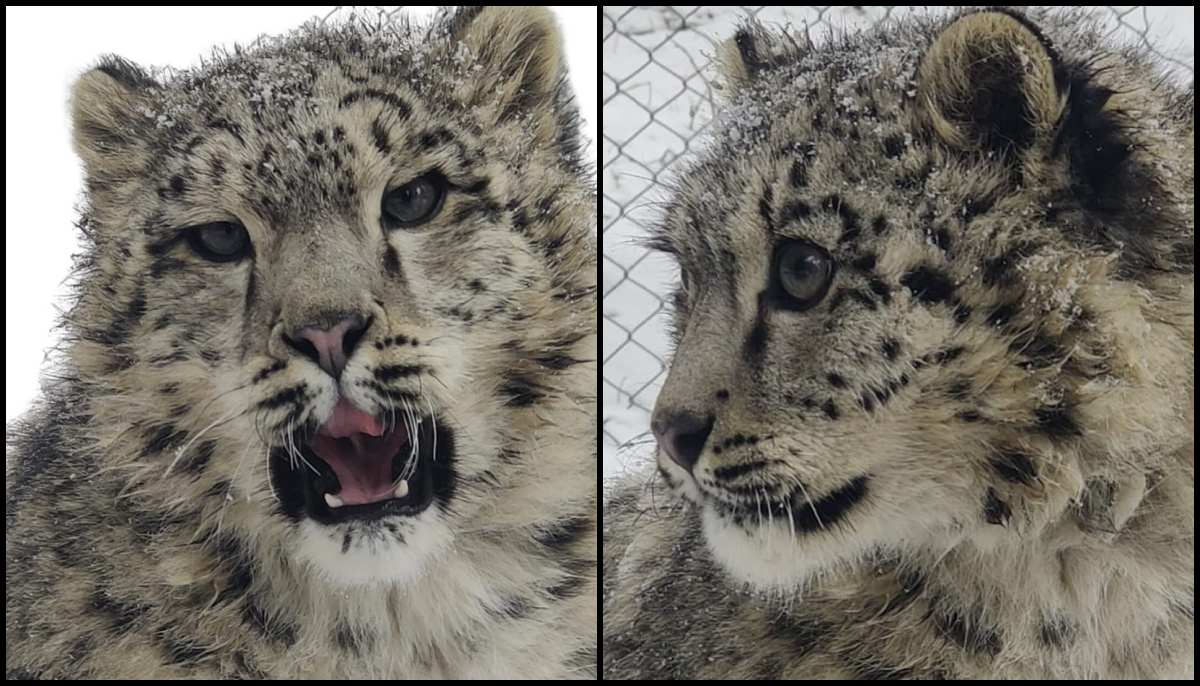
The source warned that if the male cub mates with Lovely, their offspring — like the parents — may lack hunting skills, potentially threatening the integrity of the wild gene pool.
“Ideally, we should provide a favourable environment to these captive animals and train them for subsequent release into the wild, but it is not possible due to technical constraints,” the source added.
Furthermore, according to the source, the department faces funding challenges, and there are insufficient resources allocated for feeding these animals, as the food-related cost of one snow leopard is Rs 3–5 million per annum.
“The department even reached out to civil society for assistance in the management of these species, but they did not agree.”
“If we release these captive snow leopards into the wild and they breed with wild snow leopards, it could have repercussions, as the wild gene pool may be affected.
“The possible breeding of these captive snow leopards poses challenges for the department,” the source revealed.
On the other hand, the SLF has also issued a position statement on the proposal to export snow leopards to Russia. The SLF statement notes that since the two snow leopards under consideration were removed from the wild due to illegal wildlife trafficking and have since been raised in captivity, they cannot be released into the wild. They are unable to adjust to the natural ecosystem and also pose a significant risk to themselves.
The SLF statement reads that animals raised in captivity do not develop “survival instincts” and require a well-managed, species-appropriate environment. Therefore, international zoological institutions with expertise in snow leopard husbandry, veterinary care, and behavioural enrichment can offer the level of care these snow leopard cubs need.
“The proposed transfer (of snow leopards) is consistent with best practices in ex-situ wildlife management and is aimed solely at improving the animals’ welfare—not for commercial or entertainment purposes,” reads the statement.
Ex-situ conservation refers to the conservation of wildlife species outside their natural habitat, in a human-controlled environment. It is recommended when a species faces survival threats in its natural environment, particularly due to the risk of genetic erosion.
The SLF, on the other hand, argues that the transfer of snow leopards aligns with national and international obligations under the CITES. Pakistan is a signatory to CITES, and according to Appendix I, the species can be exported for non-commercial purposes, for the well-being of the animals in question, and for scientific collaboration, while adhering to stringent permitting procedures.
According to Dr Ali Nawaz, Director of SLF, maintaining keystone species such as snow leopards requires sustained funding, trained personnel, and year-round veterinary services, all of which currently remain limited at the Naltar facility due to financial and logistical constraints.
“The long-term well-being of these snow leopards cannot be assured under existing capacity. A transfer to a facility with appropriate care standards is a responsible and ethical course of action,” he added.
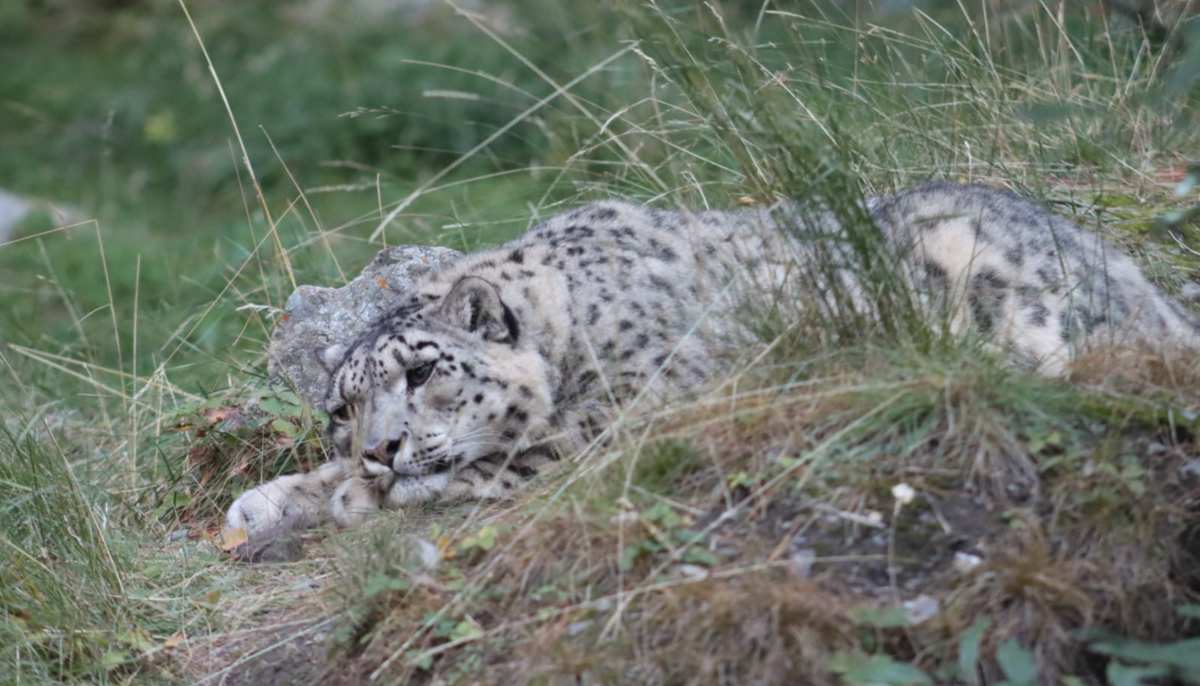
According to him, these captive individuals are no longer part of the wild gene pool.
“Their existence bears minimal relevance to the broader conservation of snow leopards in Pakistan. The issue is one of animal welfare and ethical management, not a conservation priority.”
Dr Nawaz further stated that transferring these animals abroad for better care should not be construed as a failure or contradiction of Pakistan’s conservation efforts.
“These animals were not captured from the wild for export purposes, and their transfer does not reflect on the integrity of national conservation achievements,” Dr Nawaz explained.
However, the issue does not end here. On another day, there may be another orphaned snow leopard or another threatened species for which the existing capacity to shelter them would be limited, and another country might express interest in hosting them. To prevent similar situations, SLF recommends the following measures:
- Establishment of specialised units within the wildlife department to handle such cases
- Following the Global Snow Leopard & Ecosystem Protection Program (GSLEP) policy guidelines for addressing unexpected encounters with snow leopards.
- Prioritising the conservation of species in the wild, while also establishing cost-effective, essential care and rehabilitation centres for wildlife in key biodiversity zones.
- Fostering international collaboration to bring in technical expertise and uphold high standards of ethical wildlife care.
Syed Muhammad Abubakar is an international award-winning environmental journalist, a Chevening and IVLP Alumni. He is currently pursuing a PhD in Communication at George Mason University, US. He tweets @SyedMAbubakar and can be reached via [email protected]
Header and thumbnail illustration by Geo.tv



